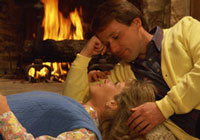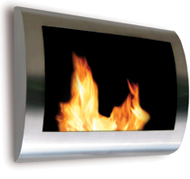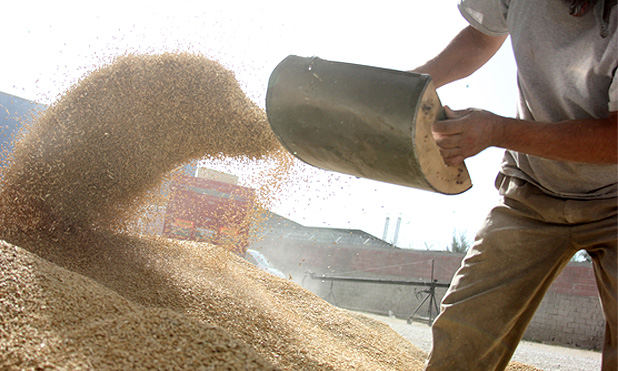
Fireplace Maintainance and Tips
November 2017When you cozy up next to a crackling fire on a cold day, you probably don’t realize that your fireplace is one of the most inefficient heat sources you can possibly use. It literally sends your energy dollars right up the chimney along with volumes of warm air.
A roaring fire can exhaust as much as 24,000 cubic feet of air per hour to the outside, which must be replaced by cold air coming into the house from the outside. Your heating system must warm up this air, which is then exhausted through your chimney. If you use your conventional fireplace while your central heating system is on, these tips can help reduce energy losses.
Fireplace Tips :
– If you never use your fireplace, plug and seal the chimney flue.
– Keep your fireplace damper closed unless a fire is going. Keeping the damper open is like keeping a 48-inch window wide open during the winter; it allows warm air to go right up the chimney.
– When you use the fireplace, reduce heat loss by opening dampers in the bottom of the firebox (if provided) or open the nearest window slightly approximately 1 inch and close doors leading into the room. Lower the thermostat setting to between 50° and 55°F.
– Install tempered glass doors and a heat-air exchange system that blows warmed air back into the room.
– Check the seal on the flue damper and make it as snug as possible.
– Add caulking around the fireplace hearth.
– Use grates made of C-shaped metal tubes to draw cool room air into the fireplace and circulate warm air back into the room.
Source : DoItYourSelf.com



























